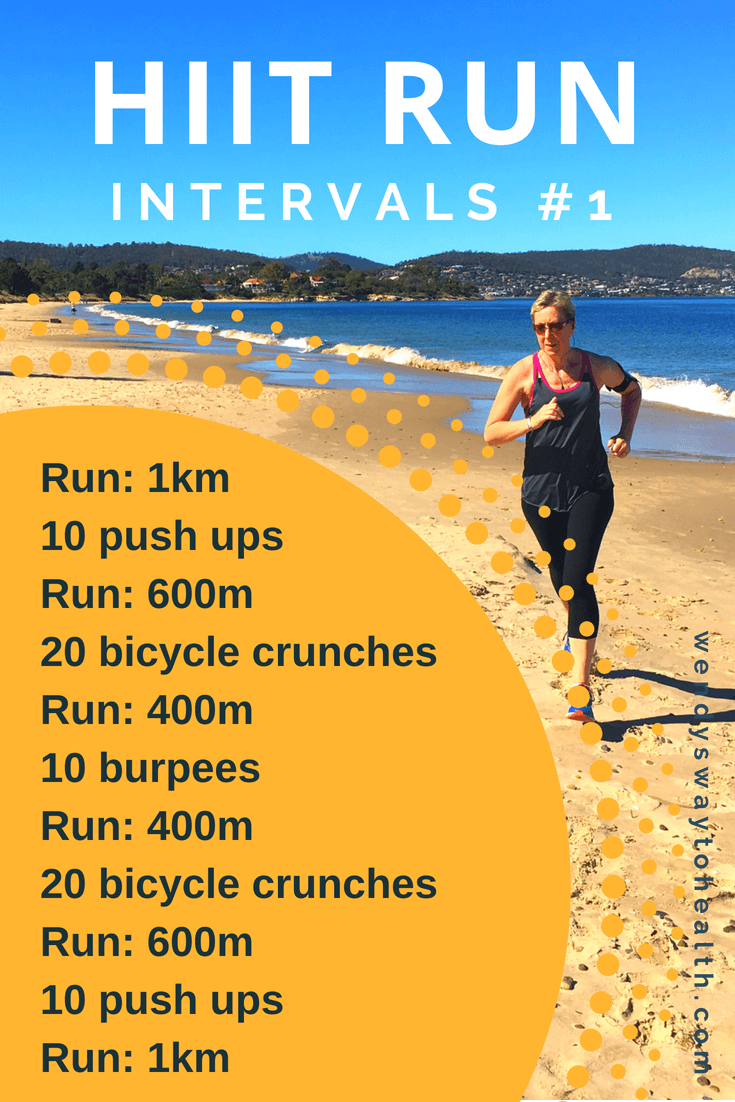The Ultimate Running Strategy Guide: Achieve Your Physical Fitness Goals
The Ultimate Running Strategy Guide: Achieve Your Physical Fitness Goals
Blog Article
The Ultimate Overview to Dealing With Pain When Running
Whether you are an experienced marathoner or just starting your running journey, understanding the various types of pain that can arise and the strategies to address them is essential. From pre-run warm-up routines to correct shoes option, there are many elements to consider when it comes to dealing with pain while running.

Comprehending Various Kinds of Running Discomfort
When running, it is important to compare various types of discomfort to avoid injuries and make best use of efficiency (Read More). One common type of discomfort that joggers might experience is muscle mass soreness, which generally occurs from the tension put on muscular tissues throughout exercise. This kind of discomfort is usually a regular part of the running process and can be taken care of via appropriate warm-up, cool-down, and extending regimens
One more sort of pain to be mindful of is joint pain. Joint discomfort can indicate problems such as overuse, inappropriate type, or underlying problems like arthritis. Neglecting joint pain can cause more extreme injuries, so it is essential to attend to any pain without delay and possibly look for specialist advice.
Furthermore, sharp or stabbing pains need to not be disregarded. These kinds of pain can signal severe injuries such as pressures, sprains, or tension cracks - running strategy. Remaining to run through these kinds of discomfort can aggravate the injury and prolong healing time

Pre-Run Warm-Up and Stretching Routine
To prepare the body for a running session, implementing an effective pre-run warm-up and stretching routine is necessary. A correct workout helps increase blood flow to the muscles, enhances adaptability, and lowers the risk of injury during the run. Begin with dynamic stretches like leg swings, arm circles, and high knees to gradually increase your heart price and relax the muscles. Dynamic stretching helps mimic the movements you'll be doing while running, preparing your body for the activity ahead. Follow this with static stretches focusing on major muscle groups such as the hamstrings, quadriceps, calf bones, and glutes. Hold each go for concerning 15-30 secs without jumping to advertise muscle mass leisure and versatility. Keep in mind to listen to your body and adjust the intensity of your warm-up based on your physical fitness degree and any type of pre-existing conditions. By integrating a constant pre-run warm-up and stretching routine into your running routine, you can maximize efficiency and lessen the danger of discomfort or injury.
Proper Footwear Choice and Fit
Choosing appropriate shoes that fits well is vital for runners to stop discomfort and reduce the danger of injuries. Ill-fitting footwear can lead to sores, black toenails, shin splints, and various other uncomfortable conditions that can impede performance and sideline training. When selecting operating shoes, it is crucial to think about factors such as foot type, running stride, arch support, padding, and footwear size. running strategy. Visiting a specialized running store for a gait evaluation and expert installation can help make certain that you choose the right footwear for your individual requirements. Running footwear should supply adequate support and security while also being comfy and light-weight. Additionally, it is advised to replace your running footwear every 300-500 miles to maintain appropriate padding and support. Investing in premium shoes that is suitable for your running style and foot makeup is a proactive step in the direction of preventing pain and injuries during your runs.
Nutrition and Hydration Tips for Pain Prevention

Hydration is similarly critical for runners to stay clear of aches, dehydration, and various other discomforts that can lead to discomfort throughout running. By prioritizing nourishment and hydration, runners can improve their efficiency, reduce discomfort, and enjoy a much more comfy running experience.
Post-Run Healing Techniques to Reduce Pain
Carrying out effective healing strategies is important for relieving pain and advertising muscular tissue healing after running sessions. One crucial post-run recuperation technique is extending. Incorporating fixed go for significant muscle groups can help in reducing muscle tension and discomfort. Foam rolling is an additional useful technique to launch muscular tissue tightness and improve blood flow to the muscle mass, assisting in quicker recuperation. Additionally, icing aching areas for 15-20 minutes can help in reducing swelling and numb discomfort post-run.
Moistening sufficiently post-run is vital for restoring liquids shed during exercise home and aiding in muscle recovery. Consuming a well balanced treat or dish that includes protein and carbohydrates within 30 mins of ending up a run can aid fix muscle tissue and replenish power shops. Furthermore, getting enough rest is essential for permitting the body to repair and strengthen muscles. Including energetic healing activities such as light strolling or swimming can likewise assist promote blood circulation and minimize muscle mass stiffness - Read More. By integrating these post-run recovery techniques into your routine, you can effectively take care of discomfort and maximize your running efficiency.
Verdict
In verdict, resolving different sorts of running discomfort via appropriate workout, stretching, footwear selection, nutrition, hydration, and post-run recuperation strategies is vital for discomfort prevention and administration. By understanding the reasons for discomfort and implementing these techniques, joggers can decrease pain and potential injuries. It is essential to prioritize total physical wellness and wellness to make certain an effective and pleasurable running experience.
Report this page